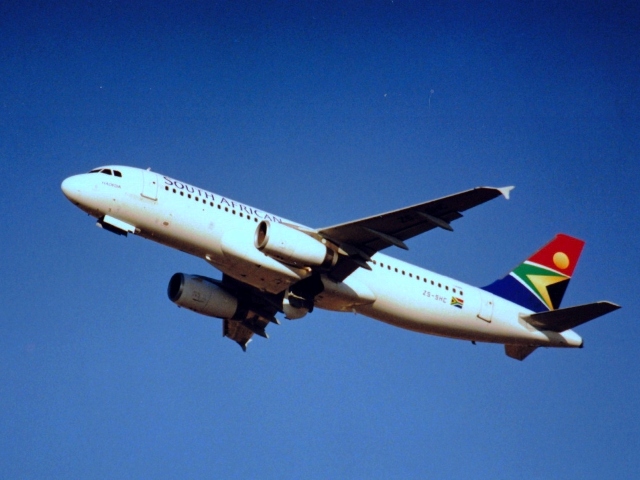[imagesource:wikicommons]
A German report found that a South African Airways flight crew temporarily lost control of an Airbus 340-346 on a commercial flight from Johannesburg to Frankfurt with 259 people on board in 2018.
Although the investigation found the pilots to be experienced, they erroneously applied recovery procedures, leaving the plane close to stalling.
Further investigation revealed that the Airbus A340 simulator they trained on was technically not able to correctly produce the type of conditions they experienced for the first time during the sudden wind change on the flight. So in all fairness, the pilots were good, but their training leaves gaps that could have been disastrous.
The simulator training of the pilots was limited to explanations by the simulator trainers, which sounds a lot like teaching someone to swim by giving them a pamphlet.
The report found that the operator neglected to update the simulator software even though in 2006 the aircraft manufacturer had published an update.
The training department should have noticed and remedied this deficit.
The pilots also did not have any training material available to explain how to deal with such an incident.
The 2018 incident occurred as the aeroplane flew over Clariden, Switzerland, and luckily there were no injuries reported, but probably a few pilot uniforms had to be dry-cleaned upon arrival.
Despite the good outcome, the German report labelled the incident as serious and could have proven fatal.
During the incident, the pilot in charge deactivated the autopilot and steered the aeroplane manually into a climb. The maximum angle was reached several times and the aeroplane system’s stall warning was activated several times for a few seconds.
The pilot then initiated a descent and stabilised the flight path again.
“The control inputs by the pilot in charge during the active stall warning were insufficient and not energetic enough to stabilise the flight attitude in time.”
The report noted that inadequate training for such an incident resulted in the crew not reacting with the relevant “abnormal and emergency”.
“Crew co-operation during the overspeed condition and the stall recovery was erroneous in regard to the analysis of the situation and the implementation of procedures.”
The report concludes that overspeed training in those conditions would have better prepared the pilots for such an event and minimised the surprise.
SAA has, however, confirmed that their training and software have been updated to ensure such incidents would not come as a surprise again.
SAA has implemented new processes to check pilots’ licences and the checklists of the training department and flight operations were adapted to ensure that the simulator software version and that of the real aircraft concur.
Always with the solution after a scare. This should not have happened in the first place, and as per usual when caught out in a ‘lapse’, SAA will ‘study the report judicially’.
There is zero space for errors in aviation, and this should serve as a near-disastrous warning to SAA that bailouts and constant government interference don’t keep aeroplanes in the sky. Thankfully, our pilots were able to use their experience to make up for institutional incompetence.
Pull your s*** together SAA.
[source:businesslive]





